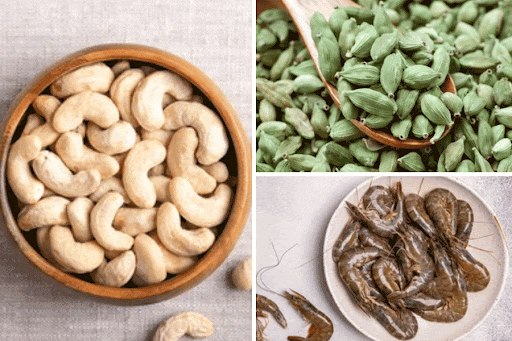 |
| THE EYES HAVE IT |
New Delhi, Sept. 2: India’s traditional eyeliner called kajal, long decried by sections of the medical community as a potentially dangerous cosmetic, has gained fresh scientific credence through a study by researchers in Calcutta and Kharagpur.
The researchers have shown that kajal prepared from the leaves of Euphorbia neriifolia, a plant that falls in the cactus family, is safe for use as eye make-up and also possesses anti-fungal and anti-bacterial properties.
A team of scientists at the Indian Institute of Technology, Kharagpur, and doctors at the Priyamvada Birla Aravind Eye Hospital, Calcutta, analysed the structural and microbiological properties of kajal from this plant which is also known as phanimanasa in eastern India. Their study findings have appeared in Analyst, a research journal published by the Royal Society of Chemistry in the UK.
“Kajal made from phanimanasa has a protective effect against microbial contamination,” Jayangshu Sengupta, a corneal surgeon at the Birla eye hospital and a team member told The Telegraph. “But we’ve analysed only kajal from phanimanasa — not from any other source.”
At IIT Kharagpur, biochemist Santi Mandal and research scholar Sanjay Pratihar examined the structure of kajal and found that it is made up of two types of tiny carbon nanoparticles, about two to three billionths of a metre and 35 to 45 billionths of a metre in size.
The researchers, collaborating with microbiologist Suman Saha at the eye hospital, have observed that these carbon nanoparticles adhered to microbial cells in culture — causing significant damage to the cell walls or cell membranes of bacteria and fungi.
The findings appear to challenge a steady message against the use of kajal from sections of the ophthalmological community over the past two decades. Some studies have indicated that most kajal preparations contain high levels of lead, a potentially toxic element.
Paediatrician Sangeeta Priyadarshi Sawant at the Bhabha Atomic Research Hospital, Mumbai, earlier this year documented a case of a five-month-old child with a post-inflammatory condition in both lower eyelid margins that the doctors attributed to use of kajal.
Prolonged application may cause excessive lead storage in the body and could even affect the brain or bone marrow, Anup Mohta, a paediatric surgeon in New Delhi, had warned three years ago in a paper in the Oman Journal of Ophthalmology.
In a study of kajal samples used on 100 children in Delhi, Mohta found that while 20 per cent parents bought commercial preparations, nearly 80 per cent had been prepared at home, using soot from the flame of an oil-based lamp mixed with oil or eye ointment.
In their laboratory analysis, the Calcutta-Kharagpur team studied the biological effects of the kajal from phanimanasa on red blood cell membranes and rabbit eyes with an induced infection by Candida albicans, a fungus.
The scientists observed that when the kajal was applied four times daily for 15 days, the infection did not spread and eventually healed. The scientists say their analysis also shows that the kajal has no adverse effect on mammalian cells up to concentrations of one milligram per millilitre. “We believe the source of the kajal and the method through which it has been prepared is crucial,” Mandal told this newspaper.
But ophthalmologists, including Sengupta, caution that the effects of prolonged and excessive use of kajal need to be thoroughly investigated. “Excessive use is likely to block certain glands that lie within the eye lids,” Sengupta said.
Mohta had three years ago called on scientific associations of paediatricians and ophthalmologists to educate parents against the use of kajal. He had also called for regulations that would require manufacturers to certify that their kajal preparations are free from lead or other potentially toxic constituents.










